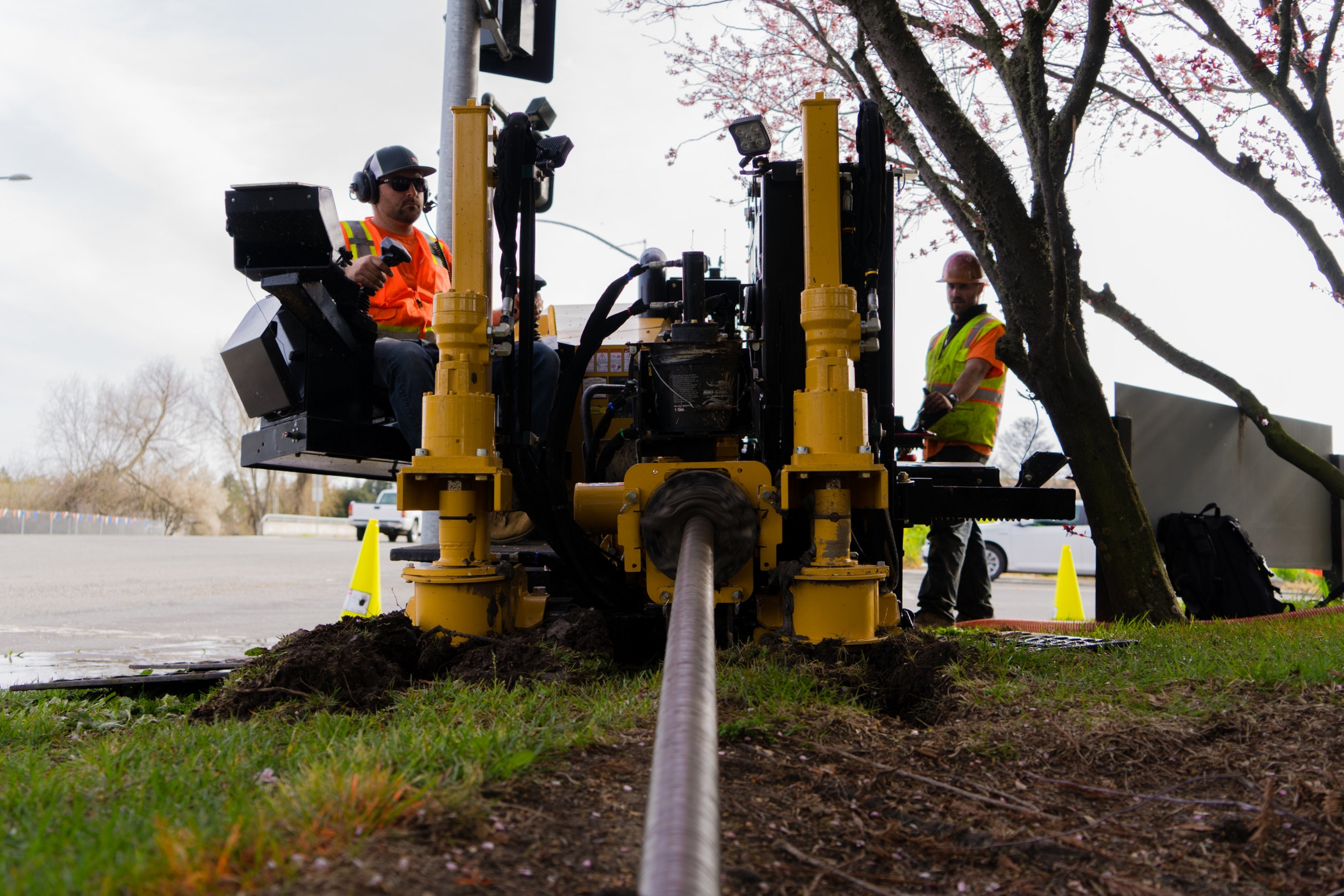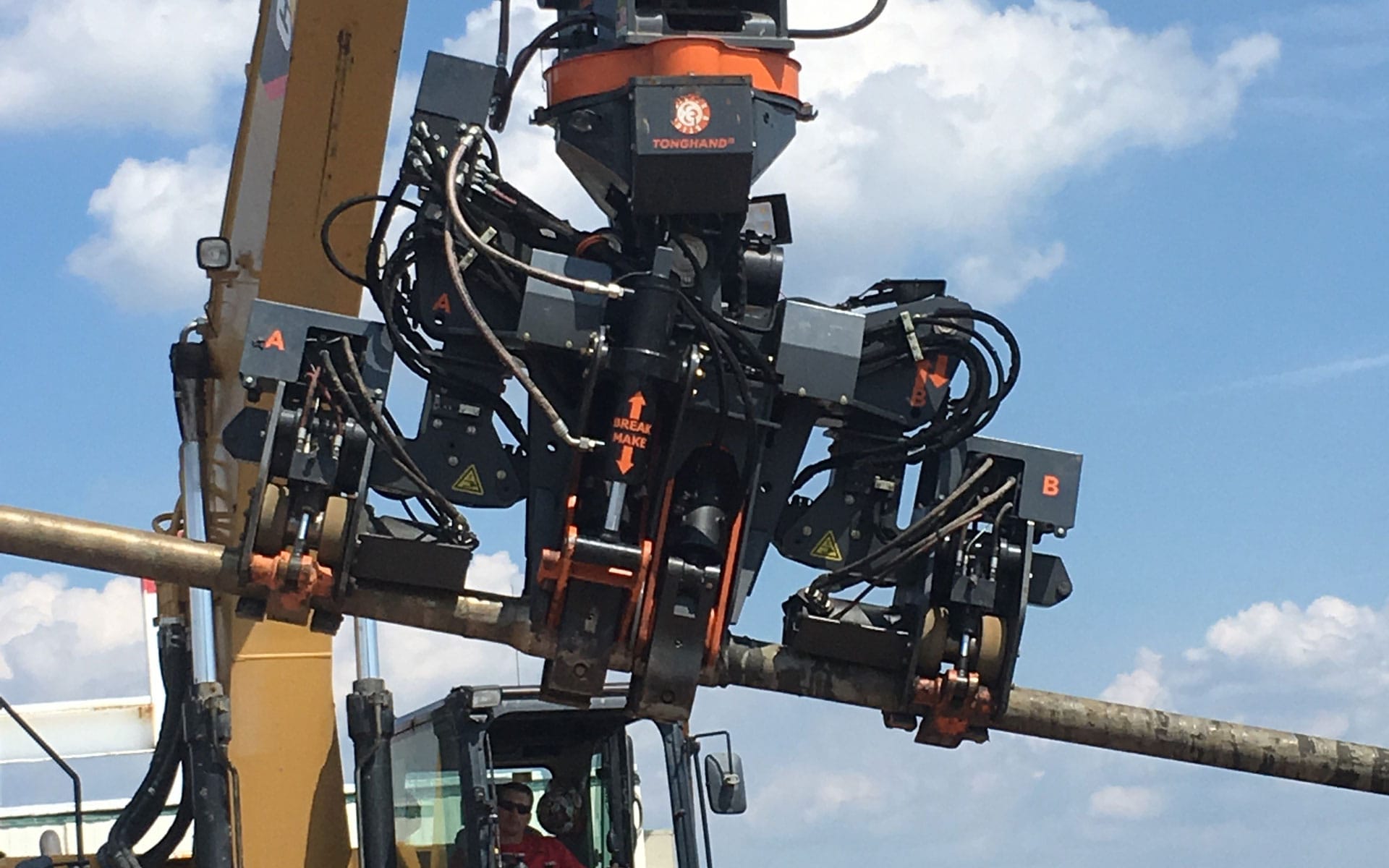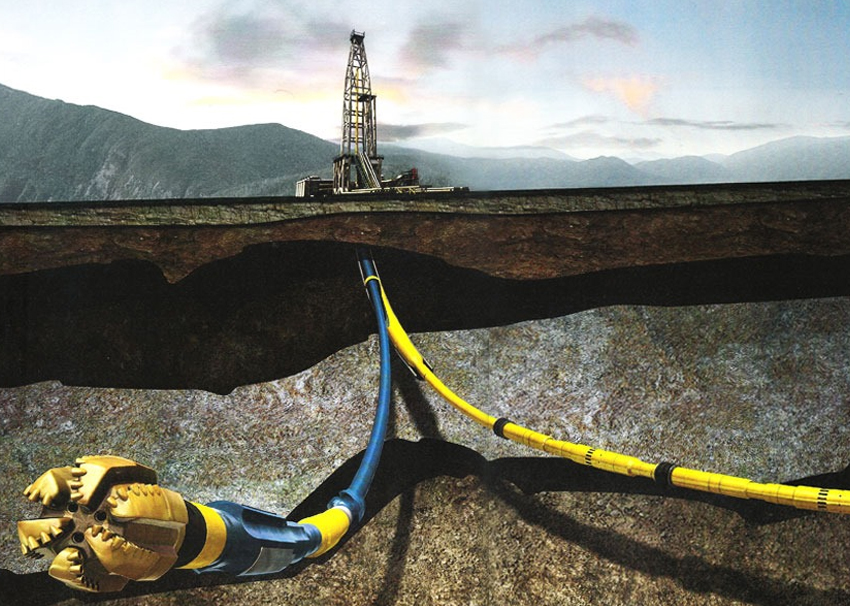

There’s some other reason why the reservoir is inaccessible from above, such as the surface land being a town, mountain, nature reserve or area of special scientific interest (SSI). There’s a tough rock such as granite between the surface, and the hydrocarbons. Directional drilling is especially valuable in shale, where the formation can be explored to follow richer seams.  The deposit might not resemble a reservoir at all, it might be oil-saturated sand or shale.
The deposit might not resemble a reservoir at all, it might be oil-saturated sand or shale.  By drilling at an angle, more of the reservoir gets explored, since they tend to form horizontally (between formations) not vertically. On top of this randomness related to upper, lower and outer dimensions, there are plenty of other possibilities: For example, if your imaginary straw happened to touch a shallow gravel bar in the middle of the lake, you might only extract a small percentage of the water. The bottom of the lake would provide a better insight into the random geometry of the dispersed resource. The flat surface area of the water and the likelihood of human-made dams and walls might give us a false idea of the topography of an underground reservoir. When we see reservoirs of water, we can imagine dropping a giant straw into the middle and sucking up the entire lake. What they’re unlikely to do is pinpoint the exact place where they’d access the maximum amount of resources. Their estimates are based on different types of surveys, and past experience. People who perform well plans such as seismic geologists, geoscientists, exploration engineers and CAD experts join together to give the best idea of where oil and gas deposits may lie. Scientific terms give a label to help everyone understand each other, but Mother Nature has different ideas about the way she organises things. Geologists and engineers use terms such as an ‘oil reservoir’ or a ‘hydrocarbon reservoir’ to describe underground pockets of resources. Rigs and crews have day rates that run into the hundreds of thousands of dollars, one rig working up to five or ten square miles is very cost-effective in comparison to having a dozen or more vertical rigs, which may or may not be tapping into the same accessible reservoir deposits. In an oilfield with dispersed deposits, a large radius can be tapped, maximising the expensive asset which is the rig. Also, these boreholes can extend up to a mile down, and for more than five miles at shallower angles. Multiple down holes can be drilled from the same rig, minimising surface disturbance and environmental impact. Even the branches of the roots are comparable to multilateral drilling. If we imagine the rig as the trunk of the tree, the directional possibilities of the roots are endless.
By drilling at an angle, more of the reservoir gets explored, since they tend to form horizontally (between formations) not vertically. On top of this randomness related to upper, lower and outer dimensions, there are plenty of other possibilities: For example, if your imaginary straw happened to touch a shallow gravel bar in the middle of the lake, you might only extract a small percentage of the water. The bottom of the lake would provide a better insight into the random geometry of the dispersed resource. The flat surface area of the water and the likelihood of human-made dams and walls might give us a false idea of the topography of an underground reservoir. When we see reservoirs of water, we can imagine dropping a giant straw into the middle and sucking up the entire lake. What they’re unlikely to do is pinpoint the exact place where they’d access the maximum amount of resources. Their estimates are based on different types of surveys, and past experience. People who perform well plans such as seismic geologists, geoscientists, exploration engineers and CAD experts join together to give the best idea of where oil and gas deposits may lie. Scientific terms give a label to help everyone understand each other, but Mother Nature has different ideas about the way she organises things. Geologists and engineers use terms such as an ‘oil reservoir’ or a ‘hydrocarbon reservoir’ to describe underground pockets of resources. Rigs and crews have day rates that run into the hundreds of thousands of dollars, one rig working up to five or ten square miles is very cost-effective in comparison to having a dozen or more vertical rigs, which may or may not be tapping into the same accessible reservoir deposits. In an oilfield with dispersed deposits, a large radius can be tapped, maximising the expensive asset which is the rig. Also, these boreholes can extend up to a mile down, and for more than five miles at shallower angles. Multiple down holes can be drilled from the same rig, minimising surface disturbance and environmental impact. Even the branches of the roots are comparable to multilateral drilling. If we imagine the rig as the trunk of the tree, the directional possibilities of the roots are endless. 
Students of petroleum engineering often get shown illustrations and diagrams that look like tree roots. It’s possible for ERD specialists to drill for more than 10 kilometers/6.2 miles. Techniques such as multilateral, horizontal and extended reach drilling (ERD) are enhanced oil recovery (EOR) methods that can increase the yield of a downhole dramatically. Over the past few decades, technological improvements have meant that angles, turns and underground distances covered are amazing feats of engineering.
#Directional drilling jobs series#
Nowadays, however, it’s more likely that there’ll be a series of one or more carefully planned directional changes along the wellbore.ĭirectional drilling techniques have been employed for almost 100 years now. If a driller aims away from the 180-degrees down, that’s technically directional drilling. In conventional drilling for oil and gas, the drill bit, drillstring, pipe and casing all go down in a straight line. In this instance, the driller uses sidetracking techniques. In fact, even in a vertical well, it might be necessary to deviate to avoid a geological formation or a previous stuck pipe, then return to the original path. Directional drilling is a broad term used to describe any boring that doesn’t go in a straight line vertically down.








 0 kommentar(er)
0 kommentar(er)
